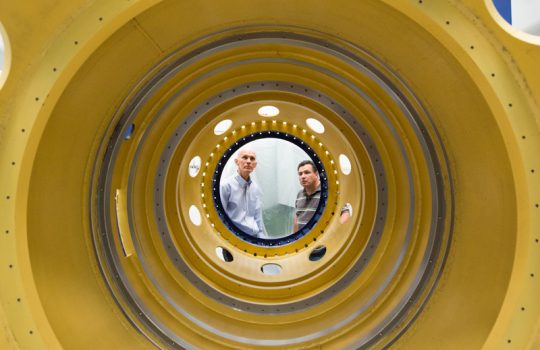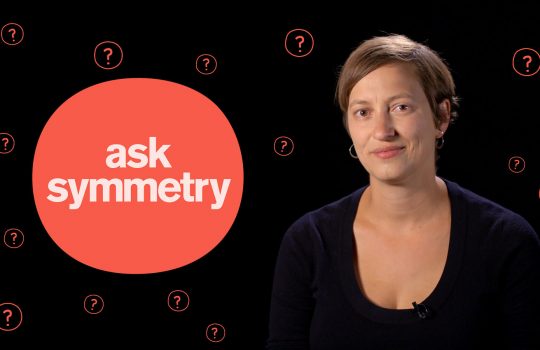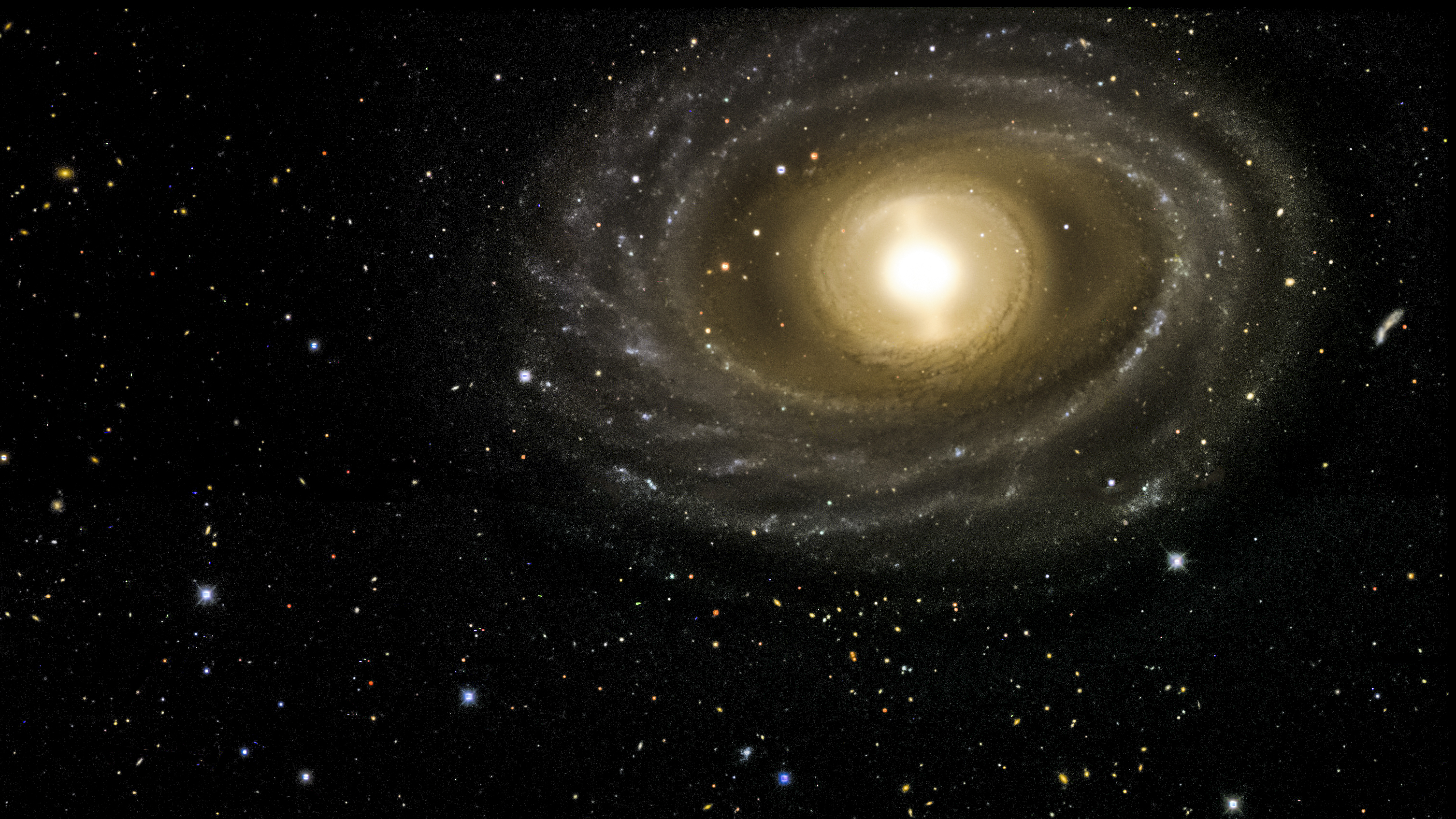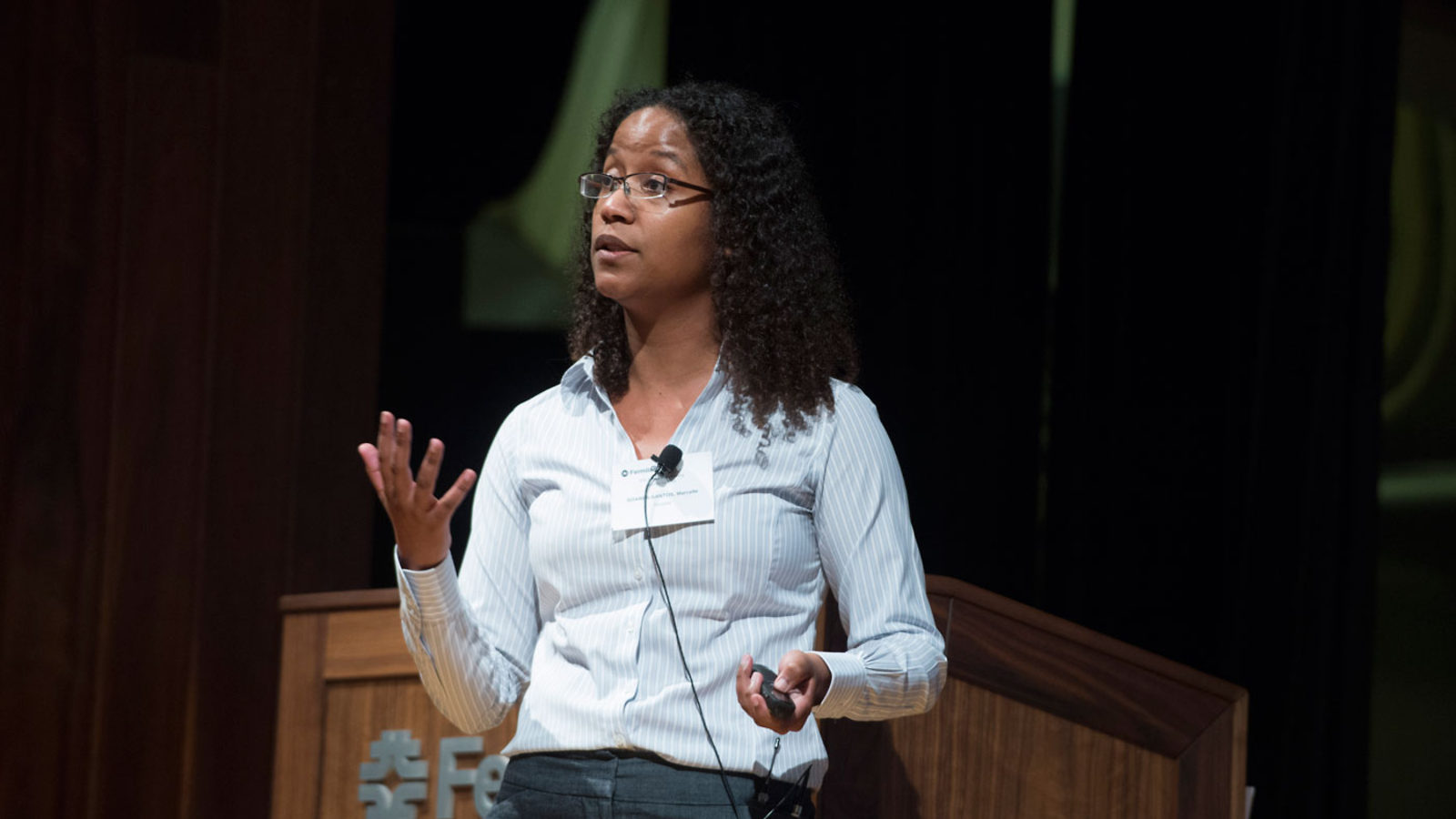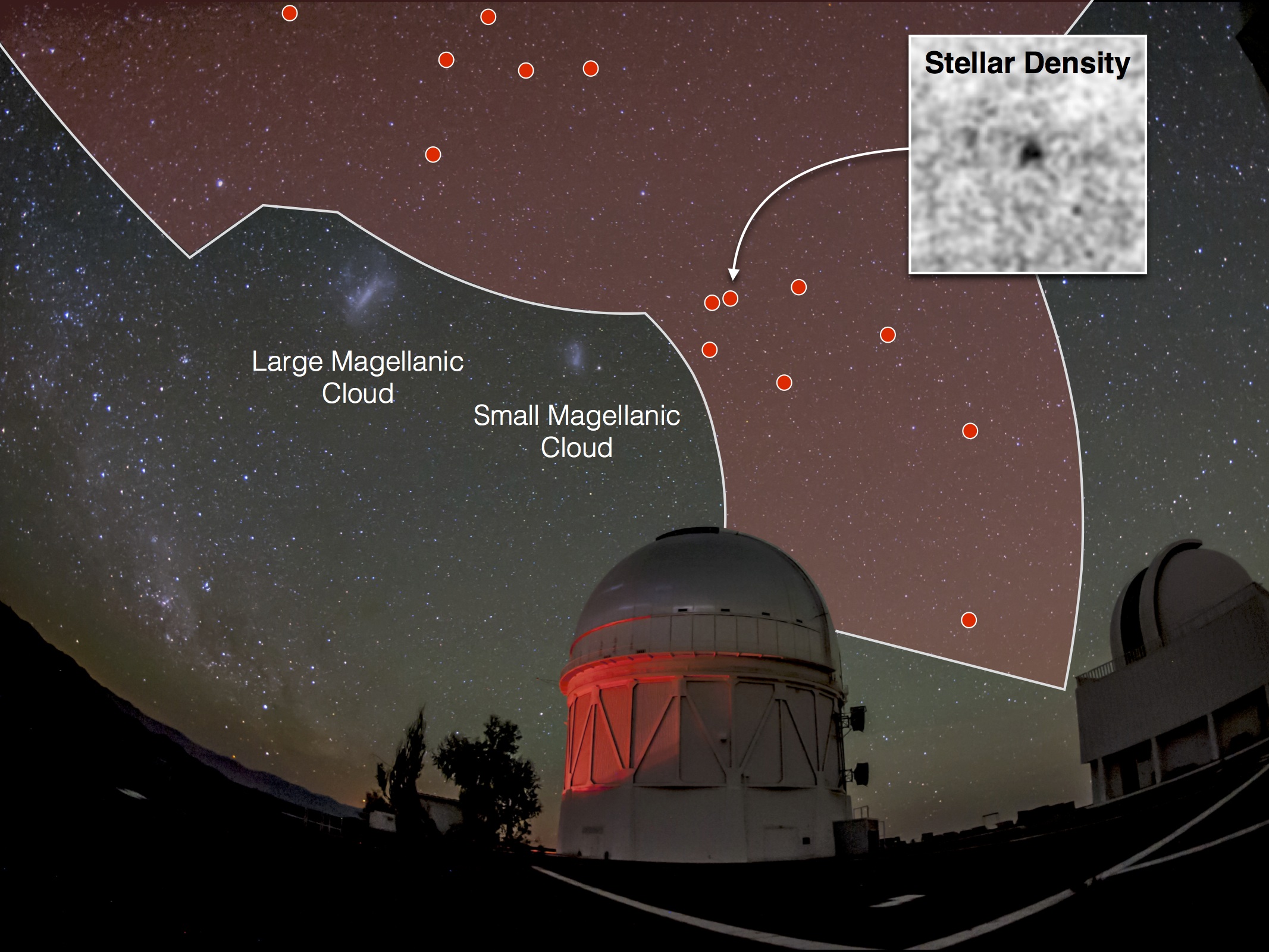Scientists unveil a new inventory of the universe’s dark contents
From Quanta, Aug. 3, 2017: Fermilab scientists Josh Frieman and Scott Dodelson talk about the latest major result from the Dark Energy Survey, which could signal the start of a new era of cosmology.


